Developing Digital Calorimeters
How does a traditional calorimeter work?
In particle physics, the energy of particles is measured by calorimeters. The general principle is for the incident particle to interact with the detector material and radiate off or split into softer particles. This process of radiation continues and creates a shower of many soft particles as seen in the photo on the left - a shower of an energetic electron (Courtesy: C Y Chao, courtesy American Association for the Advancement of Science).
In the photo on the right, a modern calorimeter is shown, the ATLAS liquid argon calorimeter (Courtesy: CERN). Here, the liquid argon is interleaved with lead-steel absorbers. The particles will convert to low-energetic shower particles in the absorber. Those shower particles will then “scintillate” in the liquid argon, a process that creates light which can be measured by photon detectors. By measuring the amount of light created one measures the energy of the original particle.
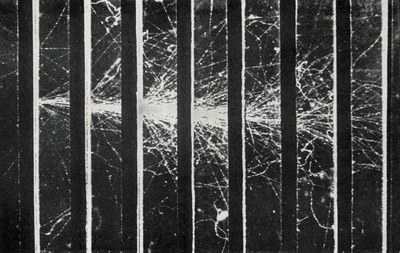
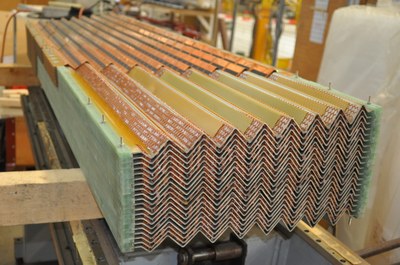
What is then digital calorimetry?
The idea of a digital calorimeter is that instead of measuring the energy of a particle shower (e.g. the amount of light as for the ATLAS liquid argon calorimeter) one rather counts how many particles are created in the shower. The idea can be exemplified with this sketch (inspired by Eur.Phys.J.C 81 (2021) 107):
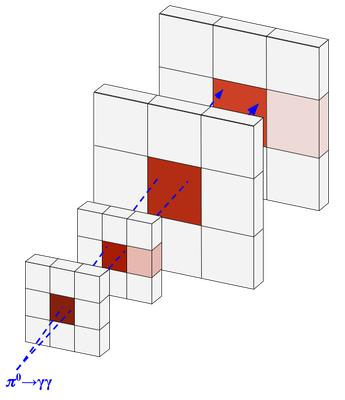
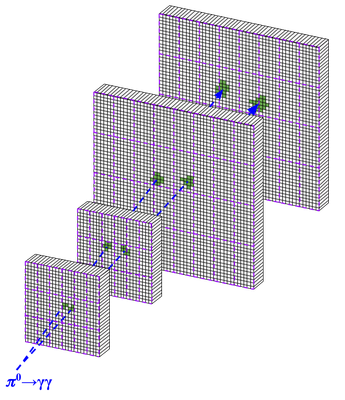
In this example, a highly energetic pion decay into two photons is shown. In the traditional calorimeter (sketch on the left), the photons enter the same readout unit. The photon shower creates scintillation light (for example in a liquid argon calorimeter as used in the ATLAS experiment), and the detector would collect the energy of both photons together (and thus the energy of the original incident particle). The amount of energy collected per readout unit is indicated by the shade of red.
The digital calorimeter is a much more granular detector so that it can measure every single shower particle (sketch on the right). A measurement is however not the read-out of the energy deposits in each readout element, but rather just counting “hits”, i.e. if a particle traversed the calorimeter. This is why in the sketch the shades of green are all the same. This reduced information allows to read out such a calorimeter with many more readout elements, i.e. to keep the read-out data volume at a reasonable size. The energy of the original particle can be extracted via a linear correlation between the number of hits and the energy of the shower. Interestingly this approach can lead to a better energy resolution as shown in the figure below (simulation, taken from Physics Procedia 37 (2012) 932).
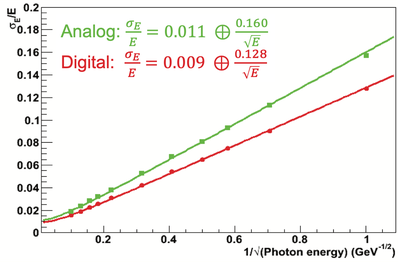
This is why the research group of Prof. Issever is investigating if such novel digital calorimeters can be used in future high energy physics experiments.
